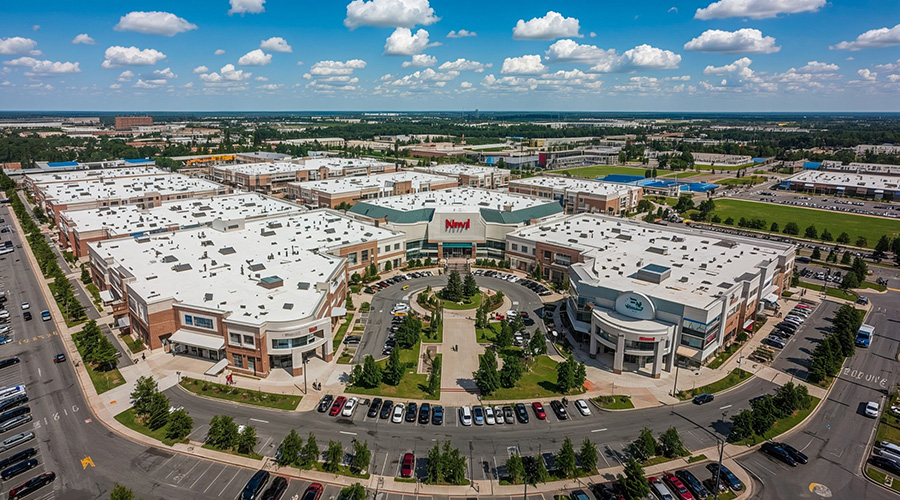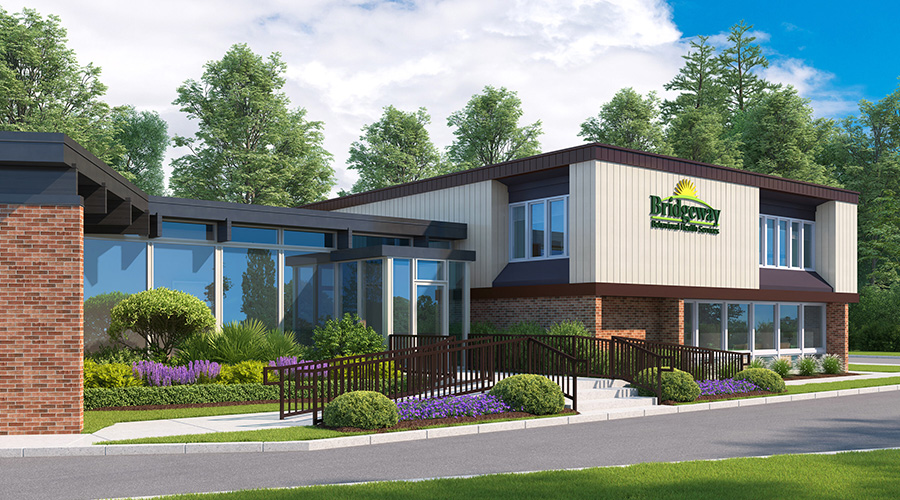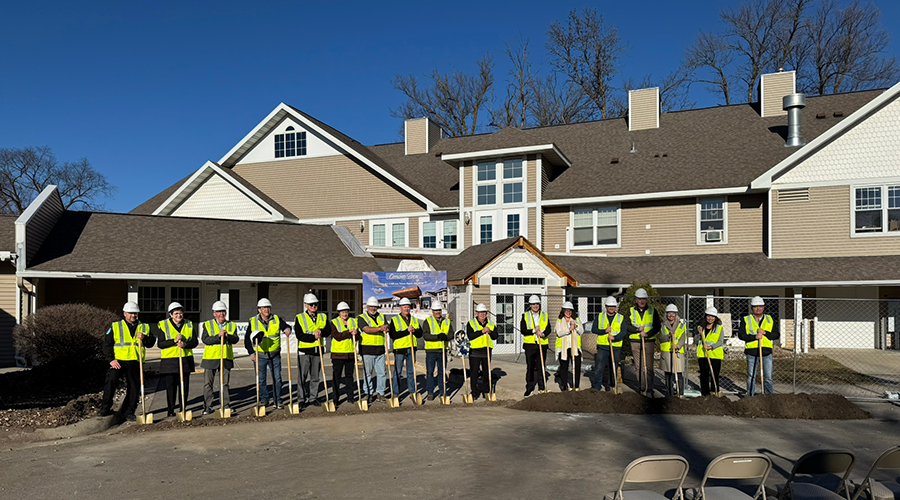Wildfires, hurricanes, active shooters and cyber-attacks are just a few of the recent crises that have affected U.S. hospitals and other health care organizations. In response to the Centers for Medicare & Medicaid Services (CMS) final rule on emergency preparedness to ensure health care professionals and suppliers meet the needs of patients, residents, clients and communities during emergency events and throughout recovery, The Joint Commission is announcing updates to its emergency management requirements, effective November 15.
The updated standards will help health care organizations more effectively plan for disasters and coordinate with federal, state, tribal, regional and local emergency preparedness systems. The standards apply to
deemed status surveys for hospital, critical access hospital, ambulatory, home health and hospice settings. Enhanced requirements also will apply to rural health clinics and federally qualified health centers to support the consistency of implementation across ambulatory settings.
“In recent years, there have been more reported emergencies affecting communities across the country. Health care organizations involved with incidents such as floods, power failures, mass casualty incidents, evacuations and cyber-attacks over the last several years have credited Joint Commission standards for ensuring preparation that helped them manage in those emergencies,” says John Maurer, SASHE, CHFM, CHSP, engineer, Department of Engineering, The Joint Commission. “The updated standards show a renewed focus on continuity of operations, integration with community and regional emergency planning, and leadership engagement.”
Several new elements of performance (EPs)—statements that detail the specific performance expectations and/or structures or processes that must be in place in order for an organization to be in compliance with a standard—are part of the emergency management update. The EPs address key areas in planning and response, including:
- Continuity of operations and succession plans
- Documentation of collaboration with emergency management officials
- Contact information on volunteers and tribal groups
- Annual training of all new/existing staff, contractors and volunteers
- Integrated health care systems
The updated standards reflect new EPs as well as existing EPs revised for additional specificity. They provide for 21 new or revised EPs for hospitals and critical access hospitals, 29 for ambulatory surgery centers and 39 for home health agencies.
“To successfully implement the new requirements, health care organizations should review the new EPs, build on processes already in place, partner with other health care organizations, collaborate with community and regional leaders, and brush up on essential standards and guidelines,” notes Maurer. “In addition, organizations should use The Joint Commission as a support and resource to ensure these important steps are in place.”

 Healthcare Is the New Retail
Healthcare Is the New Retail Bridgeway Behavioral Health Services Launches Campaign to Renovate Health Center
Bridgeway Behavioral Health Services Launches Campaign to Renovate Health Center Ground Broken for New North Dakota State Hospital
Ground Broken for New North Dakota State Hospital AI Usage for Healthcare Facilities
AI Usage for Healthcare Facilities Ground Broken on Pelican Valley Senior Living Modernization Project
Ground Broken on Pelican Valley Senior Living Modernization Project